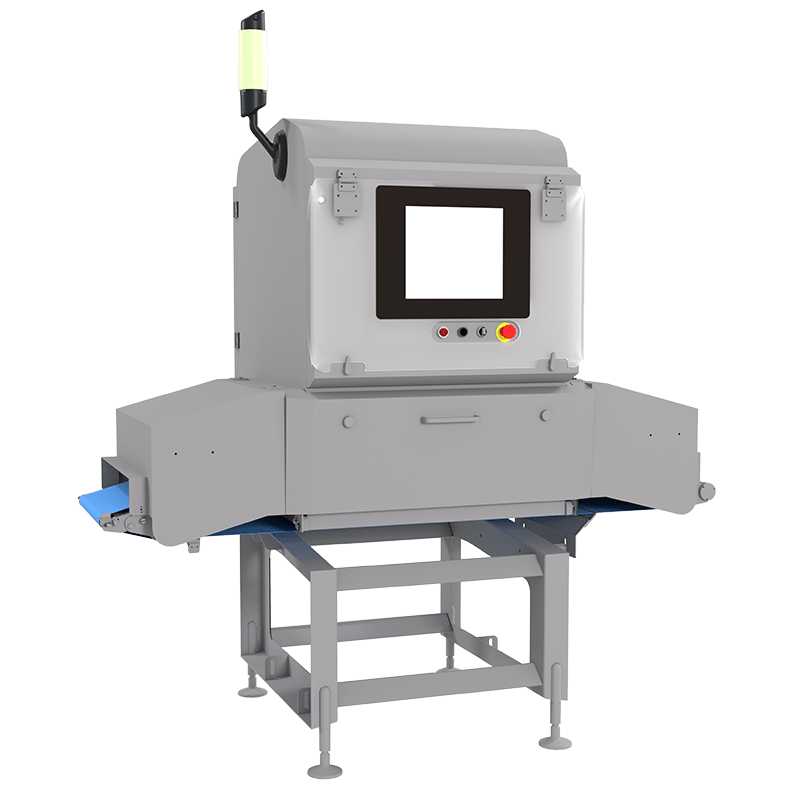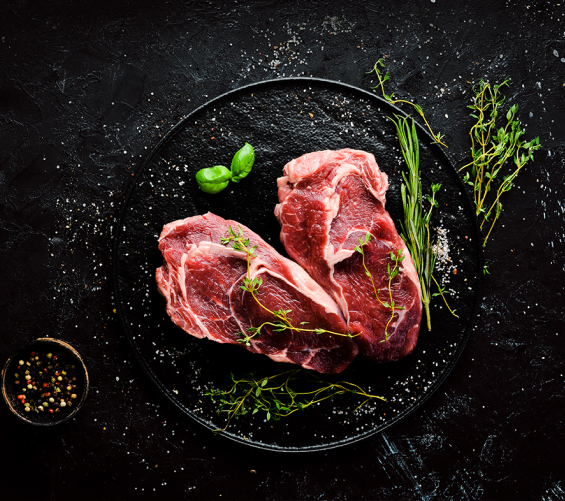Why Residual Bones Remain a Top Food Safety Risk in Modern Processing
1. The Anatomy of a Hidden Hazard
In high-throughput meat processing, mechanical deboning transforms efficiency but introduces a silent danger: sharp, splintered bone fragments. Hollow chicken bones fracture into needle-like shards; red meat bones splinter under pressure. These residuals—often smaller than 2 mm—embed in muscle tissue, evading visual and mechanical removal.
For consumers, the consequences are severe:
· Oral lacerations from sharp fragments
· Gastrointestinal perforation or obstruction
· Choking incidents, especially in children or elderly
Even a single case triggers recalls, regulatory violations, and brand erosion. Yet, the root cause is not negligence—it is technological limitation.
2. Chicken: The "See Nothing, Distinguish Nothing" Dilemma
Barrier | Technical Explanation | Detection Failure |
Micro-Scale Fragments | Hollow bones shatter into sub-mm shards | Below resolution threshold of standard X-ray |
Density Convergence | Bone and muscle absorb X-rays nearly identically | Contrast too low for differentiation |
Analogy: Trying to read fine print with a blurry camera. The image forms, but the details dissolve. Traditional X-ray systems operate at resolutions where 0.5–1 mm objects blur into background noise. When density differences are minimal, the result is a monochrome smear—meat and bone indistinguishable.
3. Red Meat: A Triple-Layered Detection Challenge
Red meat (pork, beef, lamb) appears less fragile, but processing still generates fine bone dust and splinters. These become encapsulated in thick muscle layers, invisible to separation equipment.
Challenge | Physical Mechanism | X-Ray Impact |
Deep Encapsulation | Fragments buried in 100+ mm tissue | Beam attenuation blocks deep-layer signal |
Stacking & Overlap | Conveyor stacking for speed | Exponential photon loss per cm |
Topographic Variation | Uneven surfaces, fat marbling | “Bright-dark” artifacts → false alarms or missed bones |
Result:
· False positives → unnecessary product rejection
· False negatives → contaminated product shipped
4. How Modern Detection Physics Overcomes These Barriers
Three integrated principles address the core failures:
Principle | Mechanism | Resolves |
High/low energy beams; bone absorbs low-energy more | Eliminates density overlap; works through thickness | |
Ultra-High-Definition (UHD) Imaging | Sub-0.1 mm pixel sensors | Captures 0.5 mm fragments clearly |
AI-Trained Pattern Recognition | Neural networks trained on 10,000+ real scans | Filters artifacts, adapts to irregular shapes |
5. Expected Performance Benchmarks (Based on Integrated Systems)
Application | Detectable Size | Sensitivity | False Positive Rate | Max Thickness |
Chicken | 0.5–1 mm | >95% | <3–5% | N/A |
Red Meat | 1–2 mm | >93% | <4% | 120–150 mm |
Artifact-induced errors reduced 50–70% vs. single-energy systems. Validation required per line and product type.
Action | Purpose |
Map current bone incident rate | Quantify exposure |
Audit X-ray resolution & energy mode | Identify gaps |
Test dual-energy on thickest product | Confirm penetration |
Validate AI on local meat morphology | Reduce false alarms |
Log all scans with timestamps | Support HACCP & FSMA |
6. Compliance & Risk Mitigation Checklist
Conclusion Residual bone detection is not a visibility problem—it is a physics and computation problem. Until systems account for density convergence, beam attenuation, and topographic noise, risk persists. Modern integrated platforms—combining dual-energy physics, UHD optics, and trained AI—shift the paradigm from “hope for the best” to measurable, repeatable safety.
For QA managers, the mandate is clear: audit, validate, upgrade. The cost of inaction is no longer theoretical.


Related Articles
-
 Nov-07-2025
Nov-07-2025X-Ray Technology: Safeguarding Poultry Product Safety
Poultry processors face increasing demands for food safety and quality. Bone fragments or foreign materials such as metal, glass, or ceramic can appear in chicken breasts, thighs, whole chickens, and processed products like nuggets or patties. Raymantech X-Ray Inspection Systems make this process safer and smarter by detecting even tiny or low-density contaminants that traditional methods often miss.learn more -
 Nov-07-2025
Nov-07-2025Boosting Beef Safety with Raymantech X-ray Inspection Technology
Beef x ray inspection boosts safety by detecting bone fragments, contaminants, and defects, ensuring high-quality beef and compliance with food safety standards.learn more

Quick Links
Contact
Tel: 717-490-1513
Add: 1050 Kreider Drive -
Suite 500, Middletown,
PA 17057







